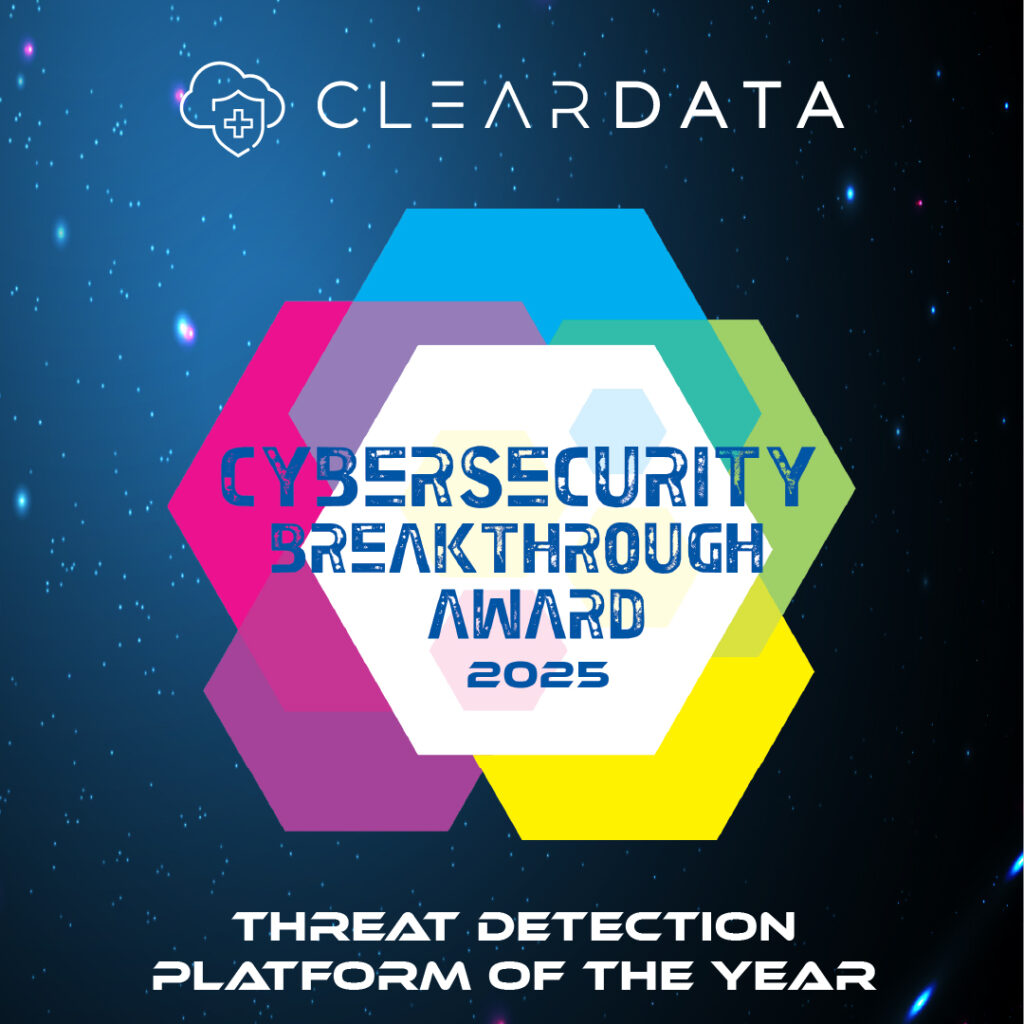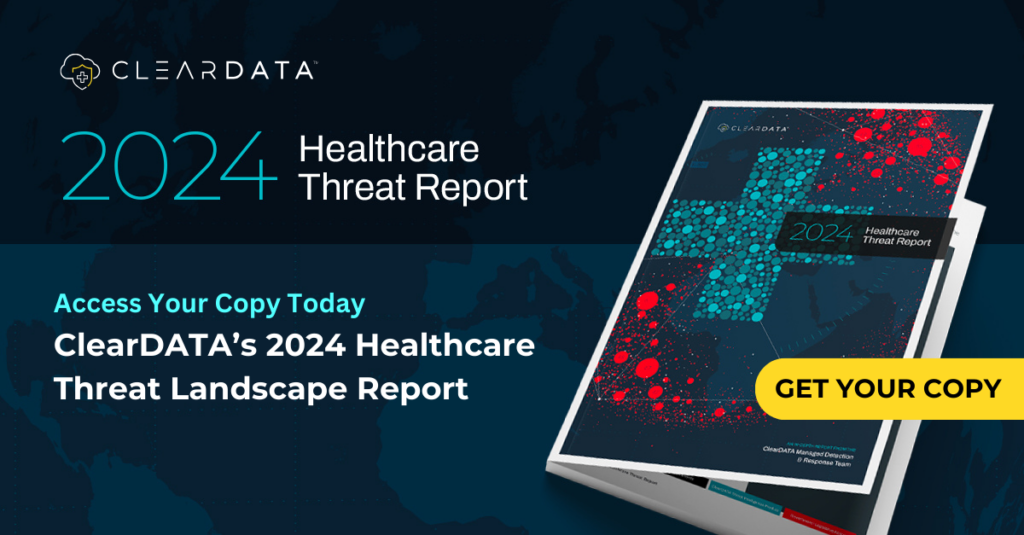Saving Healthcare From Technology
The transition to electronic documentation has forever changed healthcare, but not always for the better.
One day, we will think of the entire healthcare industry in terms of before and after the advent of the Electronic Age. That’s how much the mass transition from paper to electronic documentation has changed healthcare-and not all for the better.
Just a few years ago, for example, we pretty much took the security and privacy of our medical records for granted. Today, we are regularly greeted with news headlines about hackers breaking into networks that contain millions of Americans’ personal health information.
And in another new reality, something called “system failures” can prevent access to these records, and even dispensation of medication, like patients reportedly experienced in 2013 at a Northern California hospital when nurses were unable to view their records after the hospital’s $1B EMR crashed.
Finally, let’s not forget that in the recent past, most of these records were simply kept under lock and key in rows of file cabinets, with fire or physical theft the only real risk. Today, it is an expensive and complex undertaking just to secure and manage the servers and applications that house patients’ health information.
So what’s to be done to get rid of these headaches? Go back to paper? Not very likely-and although the switch to electronic data has created serious problems, it also brings unprecedented benefits to healthcare. We’ll circle back to one of the most significant in a moment. For now, let’s take a look at the technology that will save healthcare from.technology.
The Cloud Intervention
All of the above issues can be traced back to a single over-riding cause: internal management of healthcare IT infrastructure. This is definitely not to imply that internal IT staff is incapable of managing hardware and software. Rather, these professionals are in high demand for a multitude of other technology needs at their respective healthcare organizations.
There simply aren’t enough of them available to effectively cover all the bases-which in addition to mundane but continuous IT management and security tasks, includes ensuring compliance with any of the unceasing mandates and initiatives that providers are required to meet, with ICD-10 and Meaningful Use just two of the most immediate examples. IT is also increasingly expected to play a central role in collaborative “Healthcare Big Data” analytics programs, plus other application development and data availability projects.
In short, most hospitals would run out of money if attempting to hire enough internal staff to comfortably stay ahead of even half of these responsibilities. The timing couldn’t be better, then, for the arrival of the cloud to completely overhaul security, availability and IT management in the electronic age of healthcare.
Security in the cloud. Legacy healthcare applications, and even on premise healthcare data centers, are often outdated when it comes to security at both the application and physical layers. This has led to an alarming rise in the number of breaches of healthcare data-now deemed more valuable to hackers than payment card data.
With cloud technology, organizations store their data in a location where security patches, updates and other measures can be applied simultaneously and automatically across all apps and data. This all takes place in an environment with many additional layers of security, and can range from data encryption to vulnerability scanning to an array of managed threat protection services.
Some cloud vendors also put in writing that they will share the risk in the event of a data breach, but these agreements vary significantly. Healthcare organizations should ask very specific questions of any potential cloud partner to determine how risk will be shared in regards to safeguarding patient health information. The more risk a vendor takes on, the more that says about the vendor’s confidence in its capabilities.
Always available data. More than half of healthcare data in the United States is concentrated in one location, which means in the event of a power outage or other system failure, patient data could be inaccessible for hours or even days. Cloud technology providers have detailed contingency plans for such incidents, plus Service Level Agreements that guarantee availability for healthcare applications.
Cloud versus internal management. Many healthcare organizations struggle with getting new resources for their applications and health data growth. A new server or application can mean a wait time of weeks or months. With the cloud, adding more bandwidth typically happens in hours, at an incremental cost instead of a significant capital outlay. And mundane but essential tasks like log file monitoring for hack attempts is regularly carried out in an environment solely concerned with IT management and security.
New Age Dawning
As healthcare IT adopts cloud services, more organizations are free to focus on gathering insights from their data rather than worry about the hardware and apps that run it, which brings us to one of the chief benefits of the Electronic Age-a new ability to glean valuable answers from massive data sets that ultimately save lives.
Since few would want to return to paper, we can expect to see more companies merge their strengths to create secure and unimaginably scaled environments for big data in healthcare. One good example is ClearDATA’s healthcare-managed cloud on Amazon Web Services. The combined offering gives healthcare organizations unprecedented utility and scale-and security-for healthcare’s “big data.”
As the cloud and healthcare continue to evolve, very likely so will human health and longevity. And that’s a new age for healthcare we can all look forward to.
About the Author: Matt Ferrari is the Co-Founder & Former CTO at ClearDATA.


